8 Best Vegetables to Plant in July – Don't Miss Out on a Delicious Fall Harvest
July is a great time to plant cool-weather crops to harvest in autumn, as well as fast-growing varieties that thrive in summer's heat.
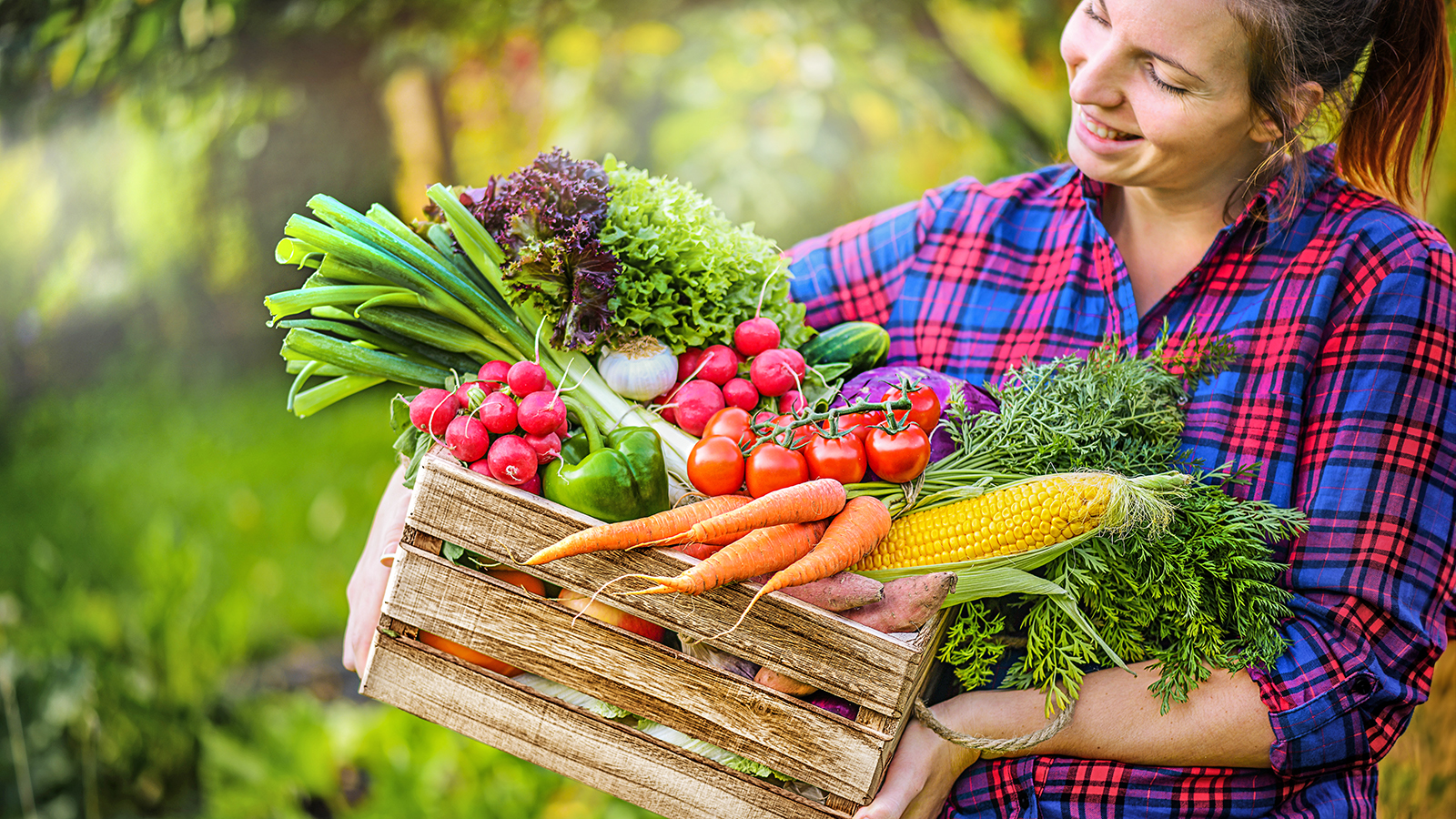

In July, gardeners are often coping with the hottest days of the growing season. The garden is full of abundant growth, from flowers and warm-weather vegetables at their peak. While many of your cool-weather plants have given up hope, this can still be a good time to plant certain veggies that will mature in time for a fall harvest.
Before starting a vegetable garden in July, consider the average first frost date in your area, as growing seasons vary significantly by geography. Any veggies you start now should mature before then or be able to tolerate colder temperatures. To work out your first frost date, ask your local extension office or use an online zip code or postcode checker. Different vegetables and varieties also have different maturity times, which is the time it takes to go from seed to harvest. Compare this to your first frost date to select appropriate veggies to plant now.
If time is tight for your growing season, using transplants will speed up maturity time. However, if you live in a warmer zone, then planting seeds is still a good option for a variety of vegetables this month. Many of our suggested vegetable seeds are available in the Gardening Know How Shop, as well as growing kits and themed collections. You can also choose from pro-quality seedling trays and lids. Start planting today with these top picks for July.
1. Cabbage
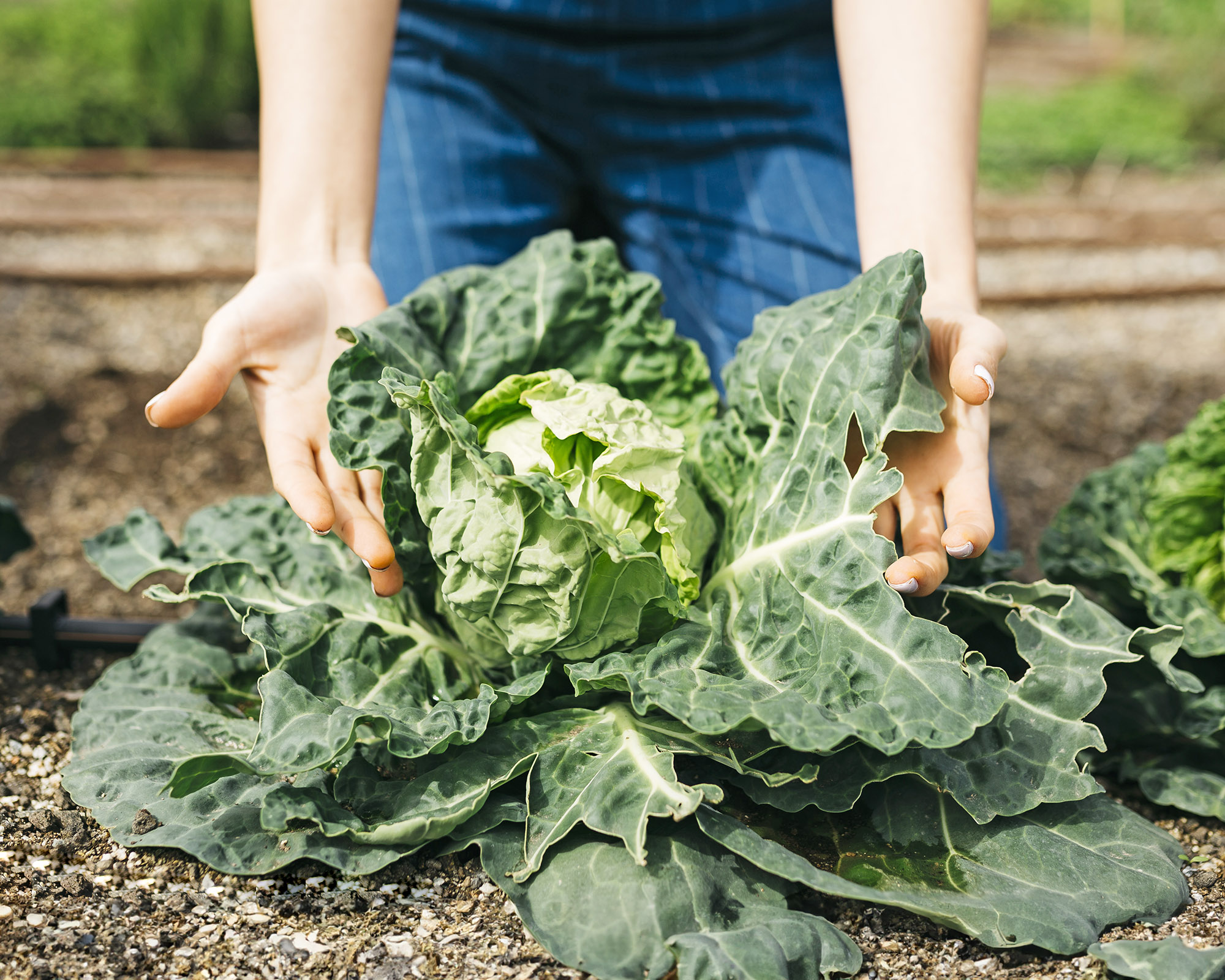
Cabbage is a cold-tolerant vegetable that can be started in July in many growing zones. It will mature in 60 to 100 days, depending on the variety, perfect for a fall harvest. Because it tolerates frosts (and even tastes better after a light frost), you’ll have plenty of time to grow cabbage if you start now.
Take care with the seedlings as they sprout, as they can be vulnerable to heat and insects. If needed, protect crops with row covers, available from Amazon, and keep them well watered, especially on the hottest days.
Earliana cabbage, available from Burpee, is a fantastic early cropping variety that's ready in just 60 days from transplant. Start seeds indoors in July and transplant 3 weeks later for an October harvest.
2. Parsnips
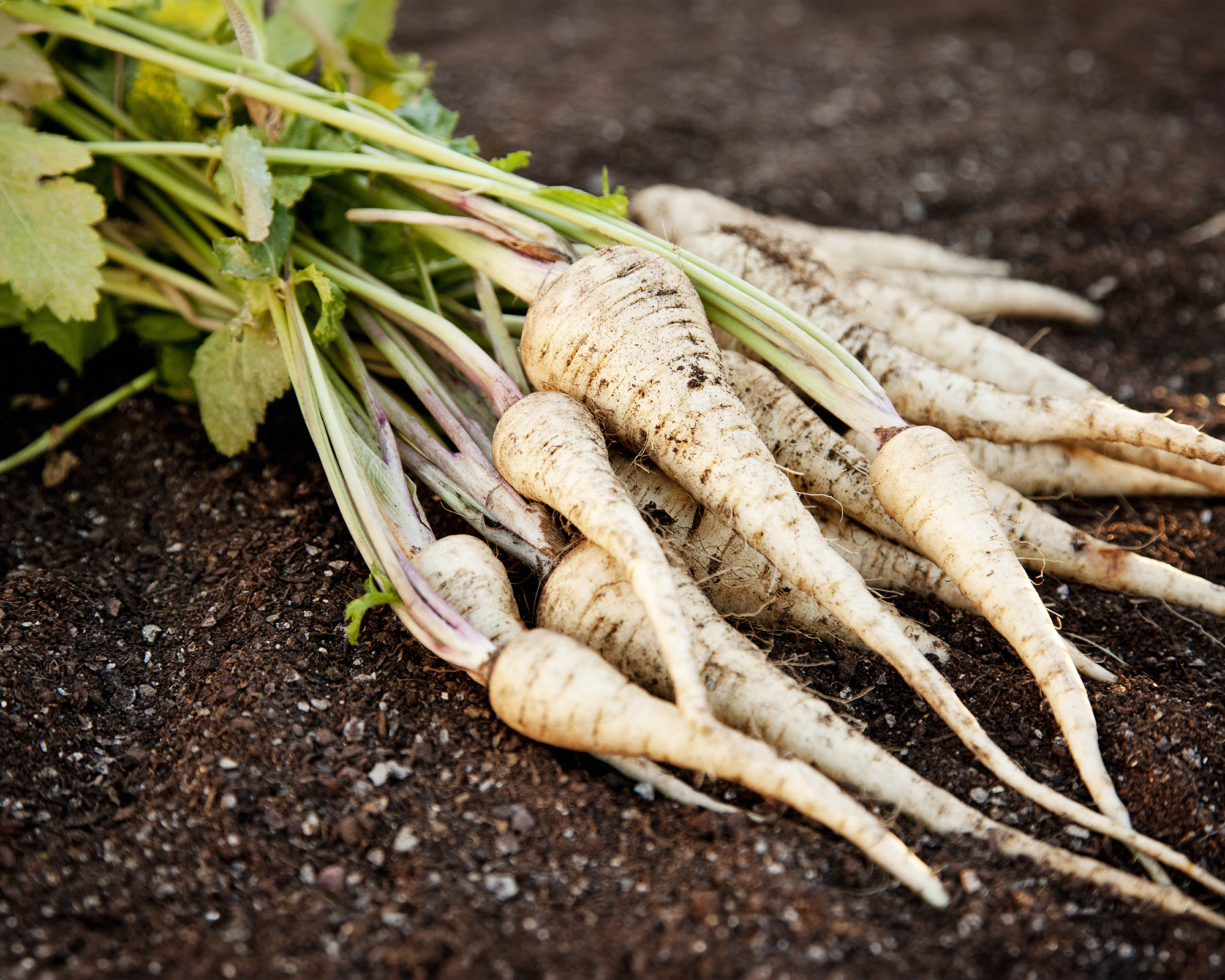
Sow parsnip seeds now for a fall harvest. While parsnips have a slow maturity time compared to some other vegetables (100 to 120 days), they taste sweeter when harvested after the first frost. The warm July temperatures are ideal for germinating parsnip seeds. Direct sow them in the bed outside, but be patient. It takes some time.
Sign up for the Gardening Know How newsletter today and receive a free copy of our e-book "How to Grow Delicious Tomatoes".
All-American parsnips, available from Eden Brothers, are fantastic all-rounders, offering a lovely texture and sweet flavor. If the conditions are right, they're ready to harvest in as little as 90 days.
3. Beets
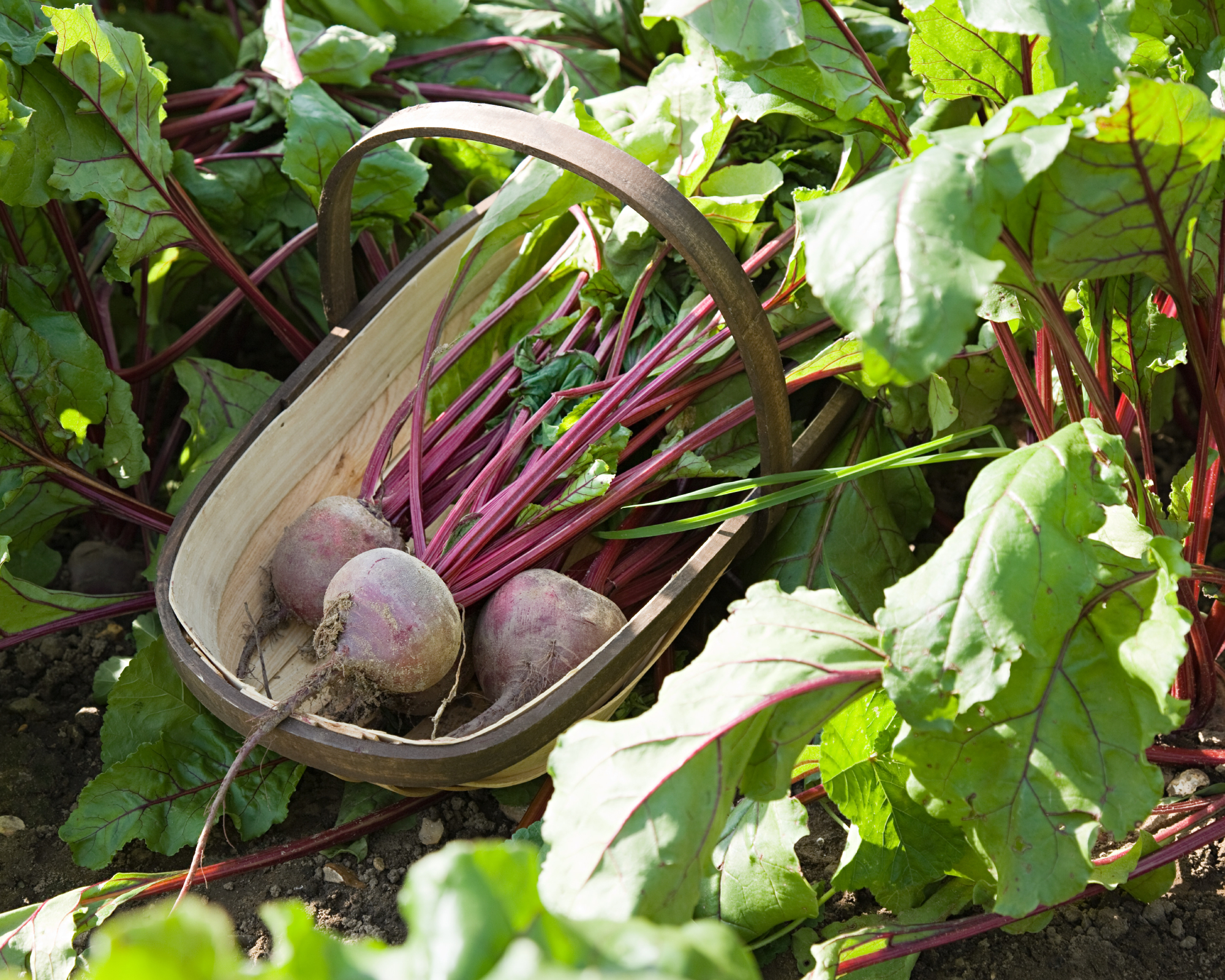
Many gardeners grow beets in spring, but they tend to develop a sweeter flavor in fall. Sow seeds about 8 to 12 weeks before you expect to harvest them. They’ll tolerate some frost and even a light freeze in fall, giving you a sweeter, tastier root. Harvest the greens to enjoy before the first frost; they won’t be any good after that.
Detroit Dark Red beets, available in the Gardening Know How Shop, have a rich, sweet flavor and are perfectly oxblood-red. They are cold and heat-hardy with a maturity time of 60 days.
4. Turnips
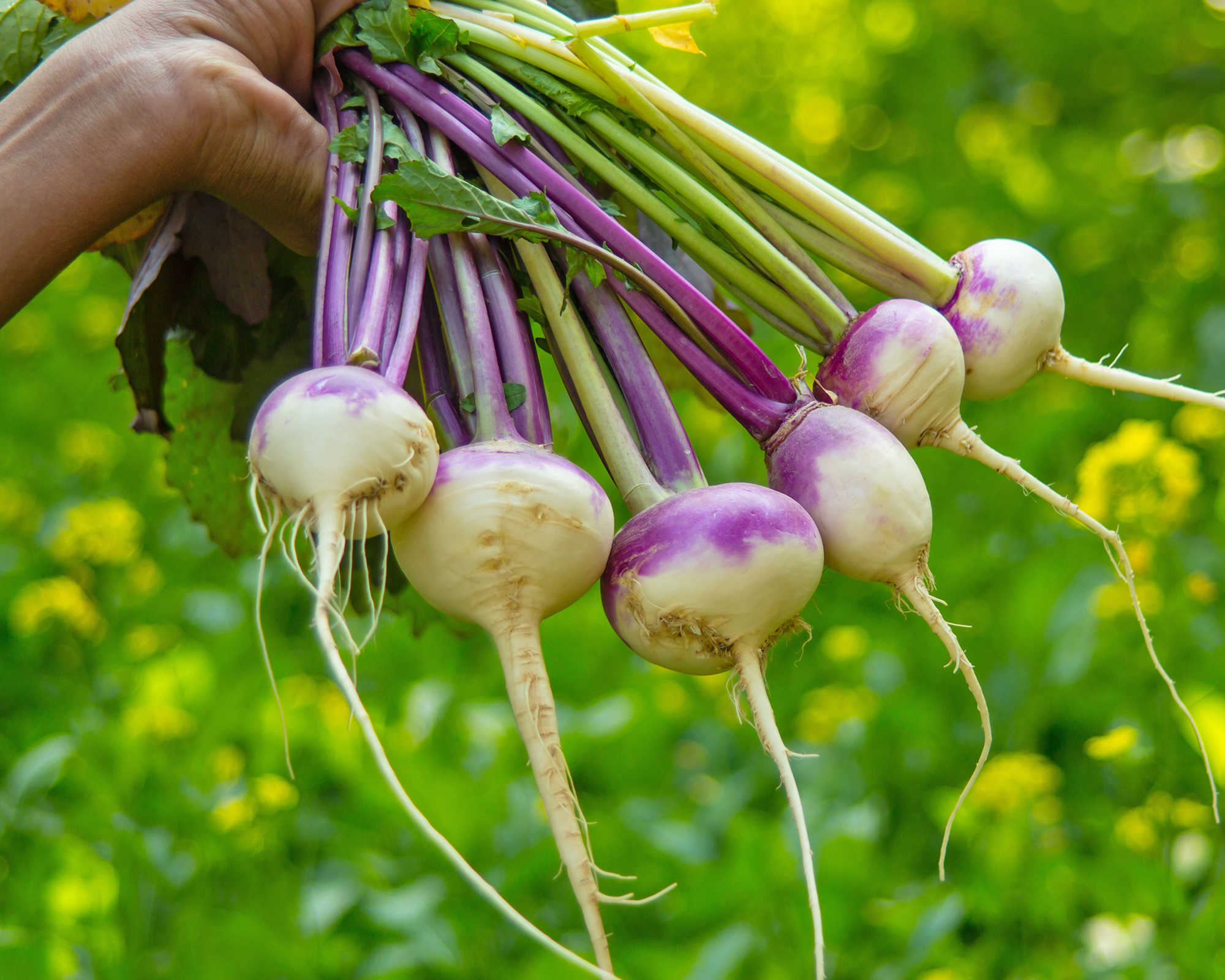
Like many other root vegetables, turnips tolerate the cold well. They are quick to grow (about 60 days to maturity), so you can sow seeds earlier in the month for an early fall harvest or to enjoy baby turnips in late summer. Alternatively, sow seeds later in July to extend your harvest into late September or October. You can also succession sow turnips for two or more harvests.
The Purple Top White Globe turnip, available from Burpee, is a favorite variety for many growers. It's sweet and tender with a maturity time of just 55 days.
5. Kohlrabi
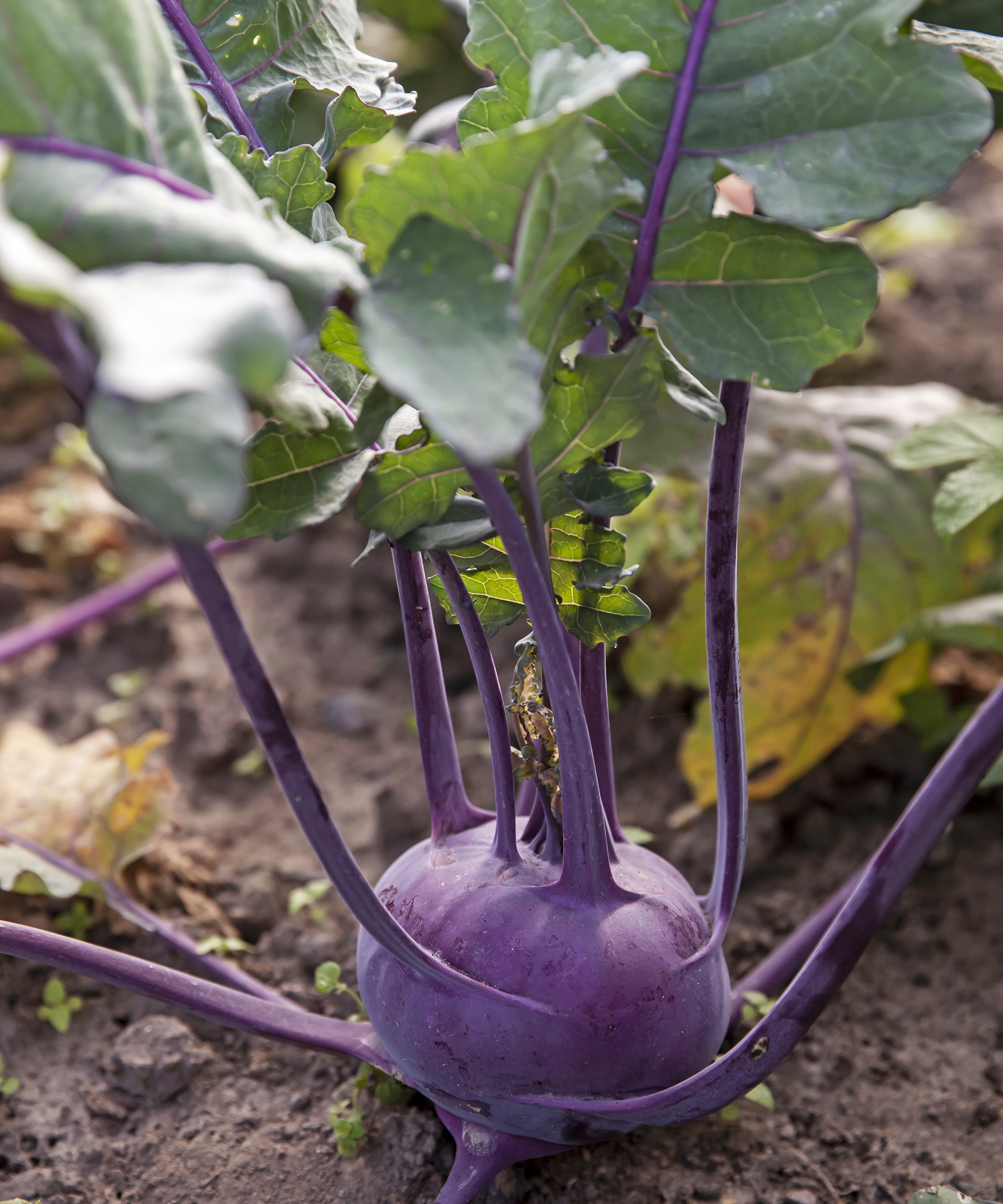
This unique vegetable is less well known in home gardens, but once you see how easy kohlrabi is to grow and have tasted it, you’ll wish you’d done it sooner. Like other cruciferous vegetables, kohlrabi tolerates cold temperatures. It’s best to grow it in spring and again in fall.
Start kohlrabi seeds later in July. They grow fast, maturing in about six weeks, just in time for an early fall harvest. Since they grow quickly, you can do succession plantings of kohlrabi and enjoy a good harvest up to about the first frost.
Early White Vienna kohlrabi, available at Walmart, is a reliable heirloom variety with a classic flavor. If you also want to try a purple variety, then try this Kohlrabi Seed Collection from Walmart, which offers both White and Purple Vienna.
6. Broccoli
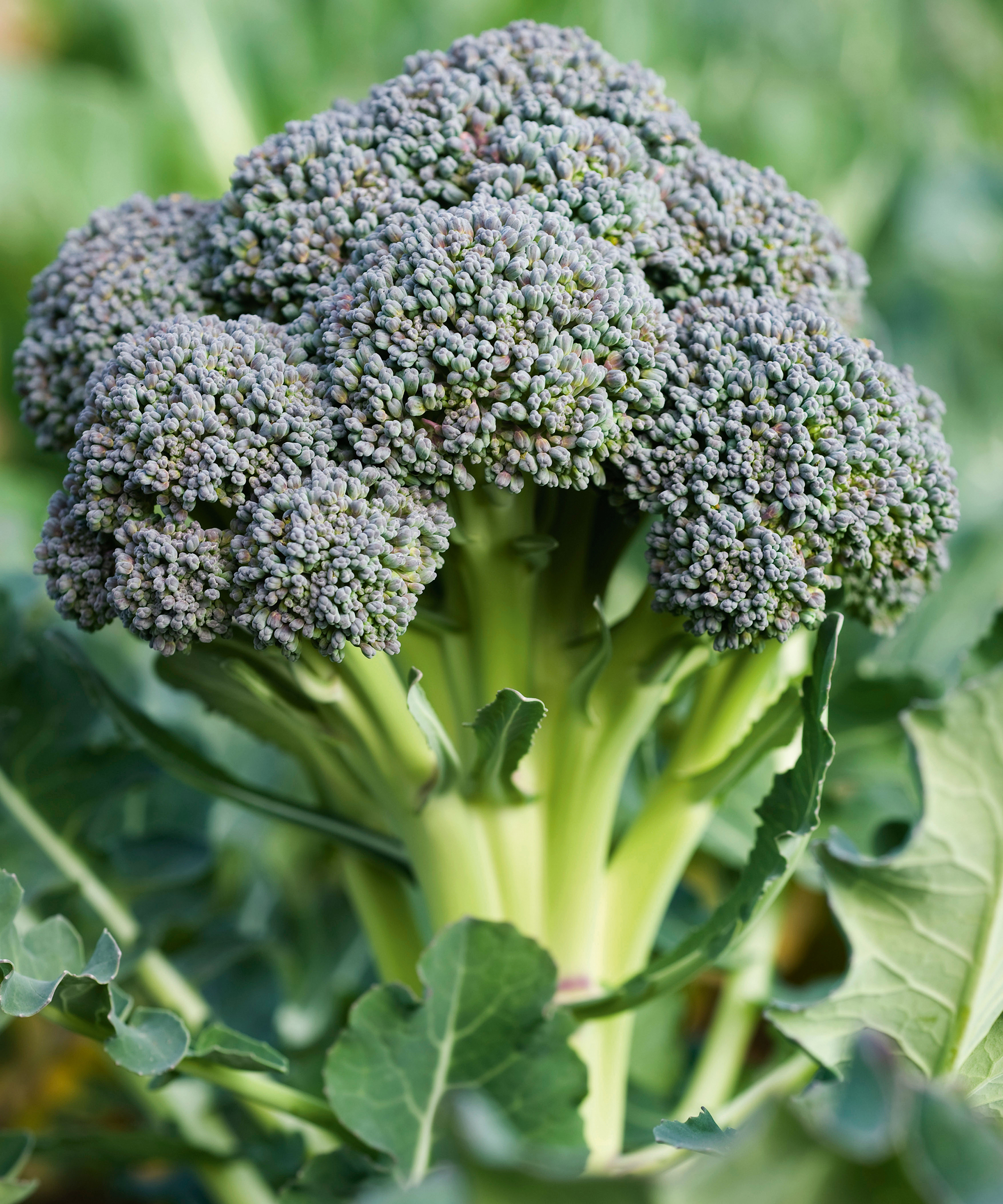
A more common cruciferous vegetable in the home garden is broccoli. Depending on the variety, your broccoli will mature in as little as 50 days. Some types take up to 90 days. If your area is experiencing a hot summer, choose a more heat-tolerant variety. You can harvest and use the broccoli once it’s fully mature, or harvest it earlier for a more tender crop. The leaves are edible, too.
Castle Dome Hybrid broccoli, available in the Gardening Know How Shop, is a heat-resistant variety perfect for starting in summer. It produces large, delicious heads in just 50 days from setting out transplants.
7. Swiss Chard
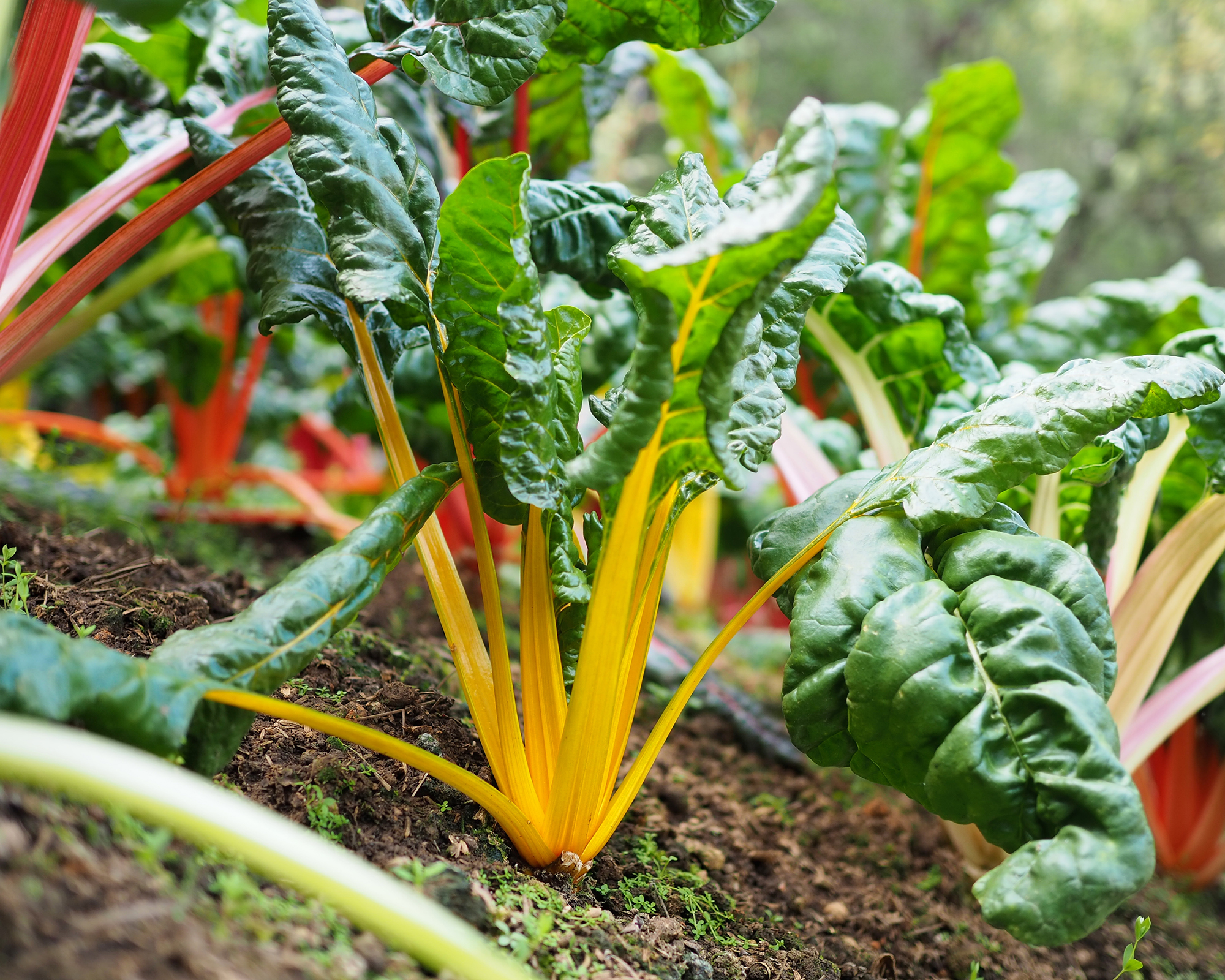
Swiss chard is an easy green to grow in the garden and is similar to spinach. Chard, however, bolts less readily in the summer heat, so it’s easier to grow in the middle of summer, especially in cooler growing regions. For warmer regions, wait until early fall to sow seeds. Various types of chard can mature and be ready to harvest in a very short time, even just four weeks. Use succession plantings to get more of this tasty green through the end of summer and into fall.
For a variety that looks as good as it tastes, Bright Lights Swiss chard, available in the Gardening Know How Shop, produces a dazzling rainbow display of mild-tasting leaves in just 60 days from direct sowing.
8. Fast-Growing Herbs
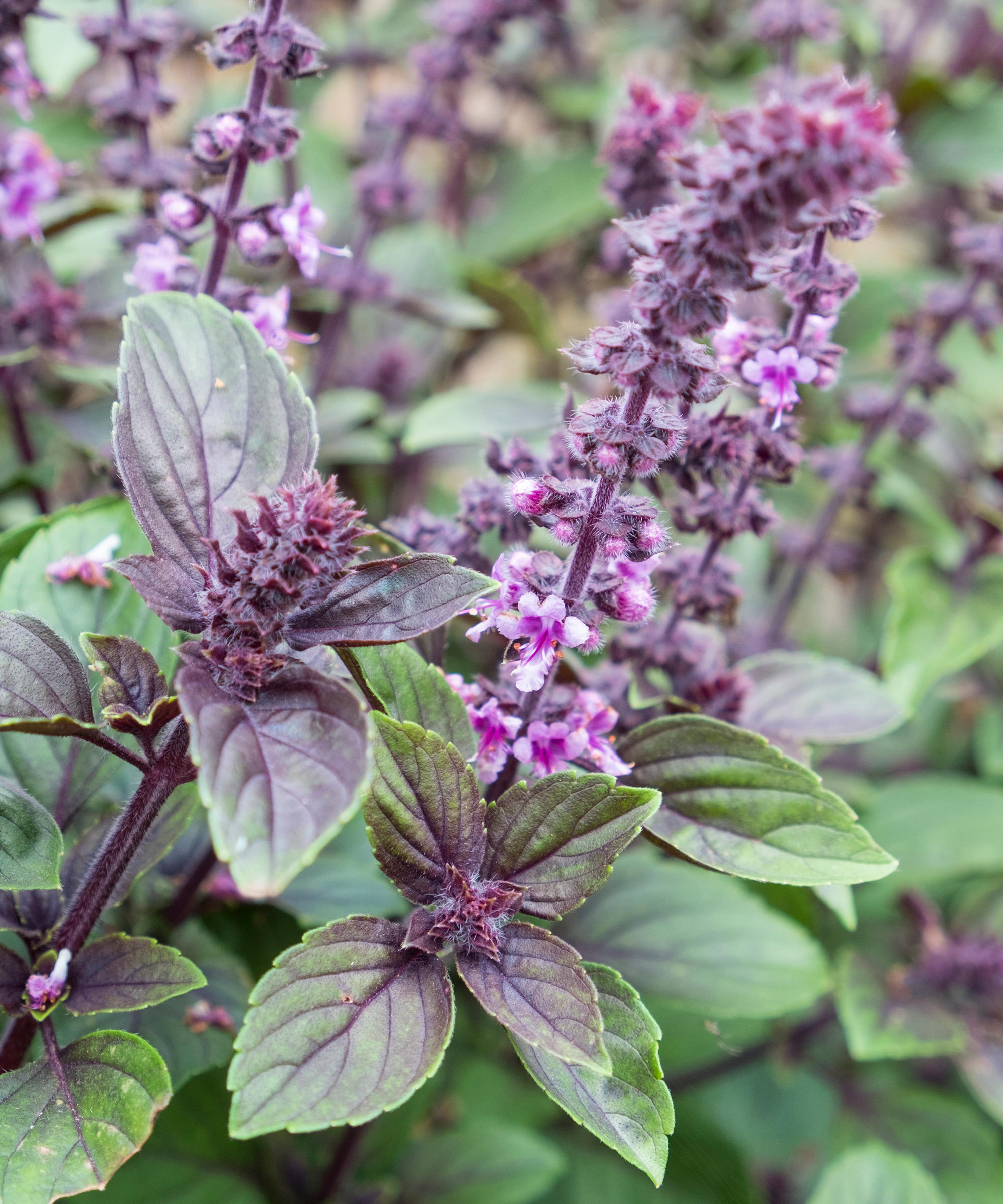
Many herbs thrive in summer heat and grow quickly, so July is a good time to start them. If you start herbs in containers outdoors now, you can bring them in for winter. Try basil, cilantro, parsley, chives, and thyme for a quick, mid-summer herb garden. All of these herbs are available to buy as seeds in the Gardening Know How Shop.
July is the right time to plant certain vegetables, but of course, it all depends on where you’re gardening. Be sure to choose veggies wisely and be aware of your first frost date before sowing seeds in the heat of summer.

Mary Ellen Ellis has been gardening for over 20 years. With degrees in Chemistry and Biology, Mary Ellen's specialties are flowers, native plants, and herbs.